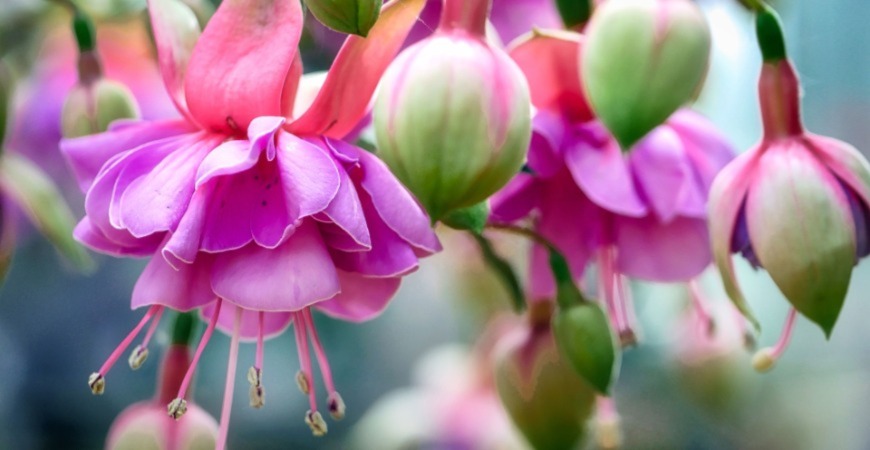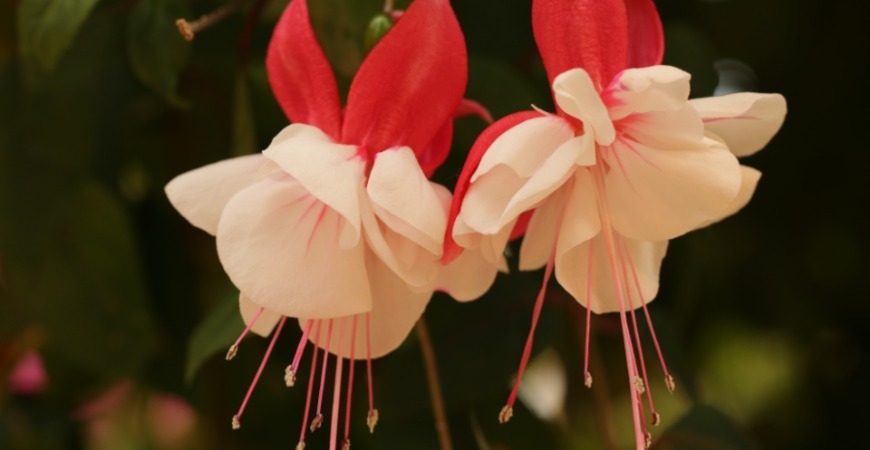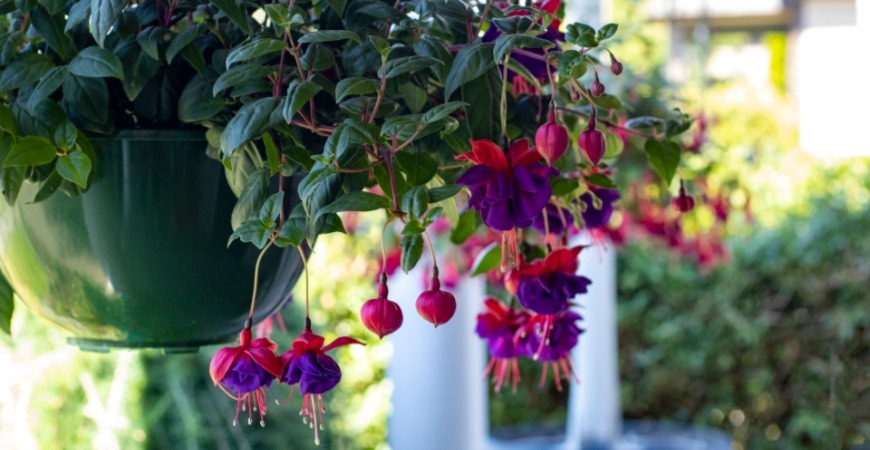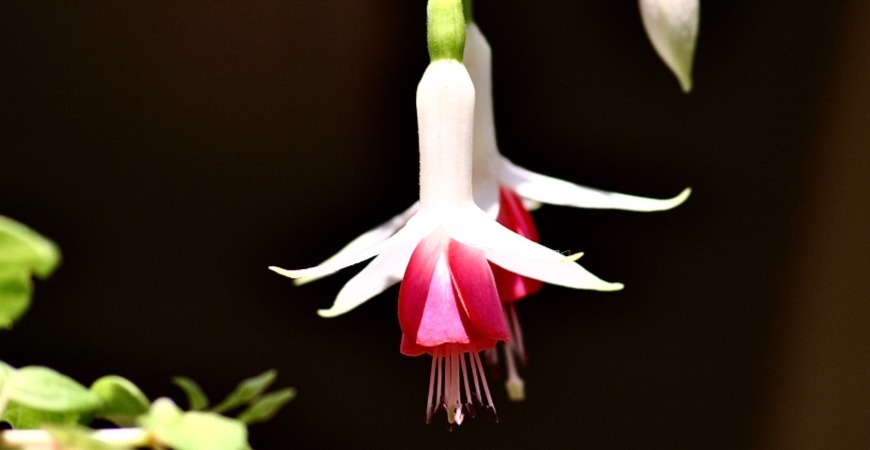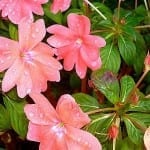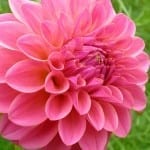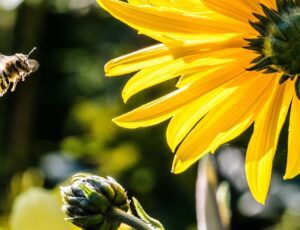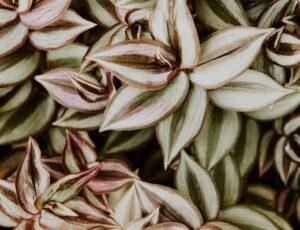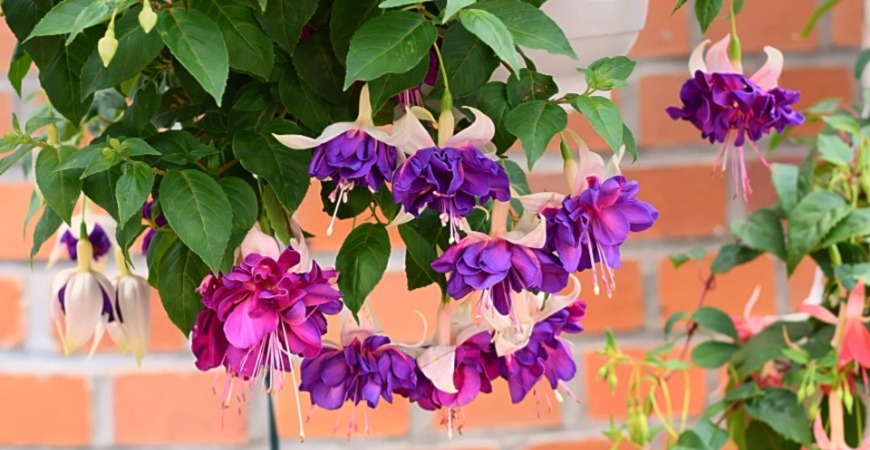
Add Color to Your Garden With a Fuchsia Plant
Gardens are supposed to be vibrant, lively spaces teeming with radiance. So, it can be a shock to see that all your time, money, and effort have ended in something a little monochromatic for your taste.
Enter the fuchsia plant. Fuchsias are the ideal addition anywhere you need a pop of color — from your backyard garden to your front porch.
Whether you’re new to fuchsia plants or not, our guide will help you brighten up your garden and your day with these popular shrubs.
Why You Should Add Fuchsia Plants to Your Garden
Of course, the primary reason many people add fuchsia plants to their gardens is color. They offer luscious, two-toned flowers with outer portions that are often bright red or pink with white or purple centers.
When placed in containers or hanging planters, their flowers dangle casually over the side. This makes them especially attractive to bees, butterflies, and hummingbirds.
And, if you’ve paid attention to our Earth Day coverage, you already know that pollinators like these play an essential role in ecosystems, food supplies, and even our own gardens. Without pollinators, reproduction would be impossible for many plants and flowers.
So, not only are you adding bold colors to your garden, yard, or porch, but you’re also making the planet a little bit better. That’s what those in the gardening world call a win-win.
One final benefit, which we’ll dive deeper into in a bit: fuchsia plants don’t require intensive care. While there are a few pieces of care advice that will help your shrub thrive, fuchsias won’t need regular fussing.
What Fuchsia Varieties Should You Consider?
There are dozens of fuchsia varieties out there, and most would help transform your garden into a dazzling display. But, if wading through that many options is overwhelming, we’re here to narrow down your options to a few of our favorites.
The swingtime fuchsia plant is popular with many gardeners, especially in USDA growing zones 8 through 11. Bright white, rumpled white petals boldly stand out against gorgeous red sepals and stamens.
As a bonus, swingtime fuchsias flower along the length of the plant. If you’re looking for a flower-dense shrub, consider this variety.
For those who prefer larger flowers, seventh heaven varieties are a great option. Their blooms — typically vivid pink petals surrounded by white pastel sepals — can reach up to four inches in diameter.
Seventh heaven fuchsias also pair well with voodoo varieties. Voodoos are a hybrid fuchsia plant with flowers that match velvety violet petals against deeply pink sepals and stamens.
Finally, rapunzel fuchsias are a trailing variety with radiant purple petals cast against soft white sepals. Their name honors the way the flowers hang down the side of a planter like the hair of its namesake.
How to Plant Fuchsia Plants
In America, fuchsias are generally considered annuals. However, in mild climates across the globe, they’re treated as perennials.
Many, if not most, varieties also prefer mild, temperate climates. They tend to slow their growth once temperatures reach 80 degrees Fahrenheit or drop below 40 degrees.
So, spring is an ideal time to plant them. You should feel comfortable planting or bringing out fuchsias once night temperatures consistently stay above 40 degrees Fahrenheit.
Your fuchsia plant will probably like all things in moderation. The soil should be neutral, perhaps slightly acidic, with moisture levels that never become dry or soggy.
They also tend to prefer shady spots. Afternoon shade is fine, but if you live in an especially warm place, then all-day shade will help protect the flowers and keep things at a comfortable temperature.
While fuchsias will likely be at home in your garden, depending on how much sunlight it receives, many gardeners opt to keep their plants in hanging planters due to the way the flowers droop down the sides of the container.
If you decide to grow your fuchsia as a hanging plant, there are a few things to keep in mind to keep your fuchsias thriving:
- Skip clay pots and grow in one made of wood or natural fibers so your fuchsia plant can breathe.
- Drainage holes are a must, as fuchsias don’t like overly moist soil.
- Fill your hanging planter with a mixture of potting mix and organic material.
- Adding mulch will help maintain appropriate soil and temperature levels for the soil.
- If you’re using a large enough container, consider planting several plants to create a densely floral aesthetic.
How to Take Care of Fuchsia Plants
Once you’ve planted them, fuchsia plant care is fairly straightforward.
Water the plant once a day. However, if you find that the watering schedule is leaving the soil soggy, reduce it so that you’re only providing water when the soil surface feels hot and dry.
You’ll know you’re underwatering if the fuchsia starts to wilt, drop lowers, or turn brown at its leaf tips. If this occurs, though, don’t swing the other way and start overwatering.
Generally, if the soil is still wet, let the roots soak it up before watering again.
Fertilize your plant around every two weeks with a water-soluble fertilizer at half-strength. When you begin to see buds, switch to a bloom formula fertilizer.
To increase the quantity and quality of its blooms, deadhead the fuchsia somewhat regularly. You can also snip off any green berries left behind from fallen flowers.
For a flower-dense fuchsia plant, pinch new growing tips. This helps promote branching and will result in a thicket of vibrant flowers.
If you want to overwinter your fuchsia plant, bring it in before the first frost of autumn. Store the plant in an unheated, unlit area where temperatures will hover between 45 and 55 degrees Fahrenheit.
Then water the plant every four weeks or so. You’re simply trying to keep the soil from completely drying out.
Add a Pop of Color to Your Garden With Fuchsia Plants
When you consider their vibrancy, how they attract pollinators, and the straightforward nature of fuchsia plant care, it’s no wonder why these beauties are popular among professional and amateur gardeners. Consider growing them in your garden or a hanging planter for a vibrant look.

